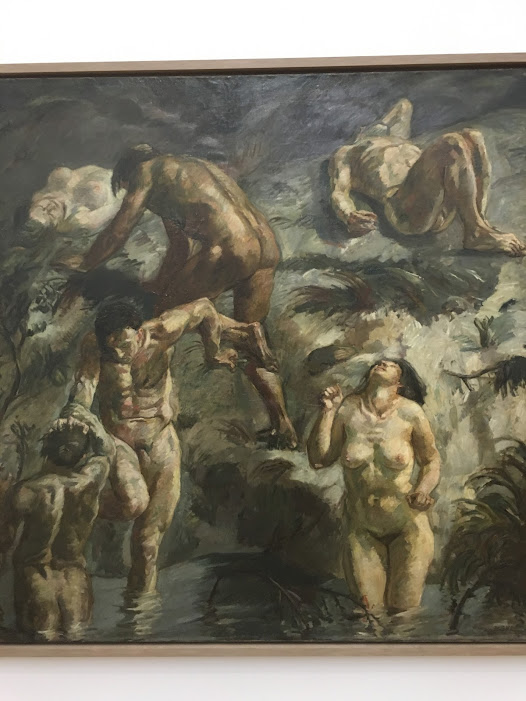(Drivebycuriosity) - There is an old controversy whether stock markets behave randomly or if they reflect the fundamental facts. I think both approaches are correct, it depends on the time horizon.
In the very short run - daily or intraday - stock market movements are random, they are driven by noise (random news) or purely coincidental. If you take a longer term, the picture gets clearer the longer the time span goes. Over 10 years and more the random aspects - flash crashes, intraday reversals, late nosedives and such - mostly disappear from the picture.
This reminds me of physics. If you observe very small objects - electrons and other elementary particles - you get random movements, which are described by Quantum Physics. Experiments have shown that the behavior of particles like electrons is unpredictable. This is described for instance by the famous Heisenberg Principle, named after the physicist Werner Karl Heisenberg: "The more precisely you know the position of a particle, the less precisely you can simultaneously know the momentum of that same particle" (physics). The behavior of these particles is uncertain (physics.about.com) and they "act" strangely & weird. Some particles "disappear and reappear according to the strange laws of quantum mechanics, where everything that exits is never stable and is nothing but a jump from one interaction to another", writes the Italian physicist Carlo Rovelli (driveby). He adds "some "elementary particles vibrate and fluctuate constantly between existence and nonexistence and swarm in space". I think this describes intraday movements on the stock market as well.
The strange behavior does not apply to big objects, or does it? Heisenberg doesn`t apply to things like cars, washing machines, TV-sets. They behave mostly predictable - even that they can break down unexpectedly. If you look on very large objects - our sun system, galaxies, the cosmos - you can exactly predict how they will behave next year or in a million of years. Very big objects follow laws described by Newton & Einstein and not by Quantum Physics.
What we can learn from that? Stock market movements can be interesting in the short run - and sometimes thrilling - but they are of no use for investment decisions. But Heisenberg doesn´t apply to long term trends. Investors do well if they ignore the random & noisy short term moves. The University New York calculated that since 1928 the US stock market (S&P 500) created an average return of about 10% p.a (dividends reinvested nyu.edu/ investopedia). So, investors with patience and a long term horizon get plentiful rewarded for the daily risks and the stress caused by all the noise.
PS For illustration I used a painting by Jackson Pollock, called "Autumn Rhythm", which seems to reflect the random behavior of particles & stock markets.






















































